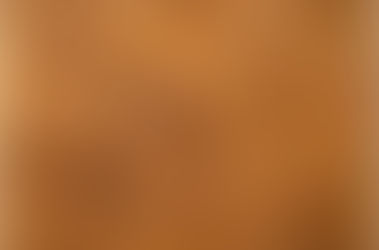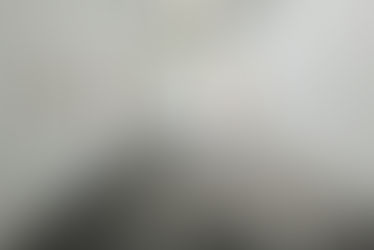Lee Miller: A Woman's War
- The Courtauldian
- Mar 2, 2016
- 2 min read
Avoiding the term trailblazer is difficult when covering the work of a woman who was fashion model, fashion photographer, war correspondent and chef. Lee Miller: A Woman’s War by the IMW’s Hilary Roberts avoids such clichés and successfully traces Miller’s career from in front of the camera to covering the front.
For those like me previously unfamiliar with Miller’s work, the chronological structure of the exhibition provides a useful cheat sheet. The prints are divided into Miller’s pre-war career as a model and then photographer for Vogue, the war on the home front, her work as a war correspondent, the days after armistice, and finally a jump decades ahead into Miller’s future. The comprehensive material on show is due not only to Miller’s skill as a photographer, but also the hyper-archiving function of wartime censorship, which demanded two prints of every all official photographs be delivered to the censorious Ministry of Information. In addition to Miller’s photography, the exhibition features objects of interest from her career, including the china pattern desk set she stole from Eva Braun’s house in 1945, and the anti-venereal prophylactic given to her in the (usually male) war correspondent’s standard issue pack. By contrast, Miller’s exquisite War Correspondent uniform was tailor made and its display here highlights her less than traditional pedigree amongst fellow journalists. The techniques of fashion photography as applied to war coverage form the exhibition's central argument for Miller’s potency. Her made-to-photograph helmets and her use of Vogue models in warzones are just some famous examples of the staged war she covered in detail.
As the war begins to be won by the Allies the narrative shifts from victory to betrayal. The exhibition records Miller’s grudging acceptance of a commission from Vogue to photograph the defiant return of Haut couture to Paris in 1944. From here on the regrettable backslide for women’s workplace equality is documented through Miller’s loss of enthusiasm for her work. The exhibition closes on a photo of Miller staring blankly out from a large illuminated panel, with a brief allusion to her later career as chef and cookery writer. Visitors are thus shown the door in a manner not dissimilar to Miller after WW2.
The thread of the exhibition is Miller’s biography but throughout one learns much about the war fought by women. Refreshingly Miller departs from the trope of wartime pin-ups, and instead captures her fellow female war correspondents, as well as the women of the Land Army, the WAAF, the WATA and a plethora of other women’s acronyms. The role that Vogue played is brought to the fore, reminding you that in wartime culture and fashion didn’t simply cease. In addition to expected articles on make-do-and-mend, the caption of one cover feature explains how Vogue was leant on by the censors to make short hair more fashionable - the better to suit women to machine and munitions work.
The prints are carefully chosen and beautiful to look at, yet the narrative is not of Miller’s changing style as a photographer but the story of her changing subjects. As such this is a clever document of the women’s war, rather than the war of one woman.
Running until 24 April 2016 at the Imperial War Museum. Standard entry fee is £10.












Comments